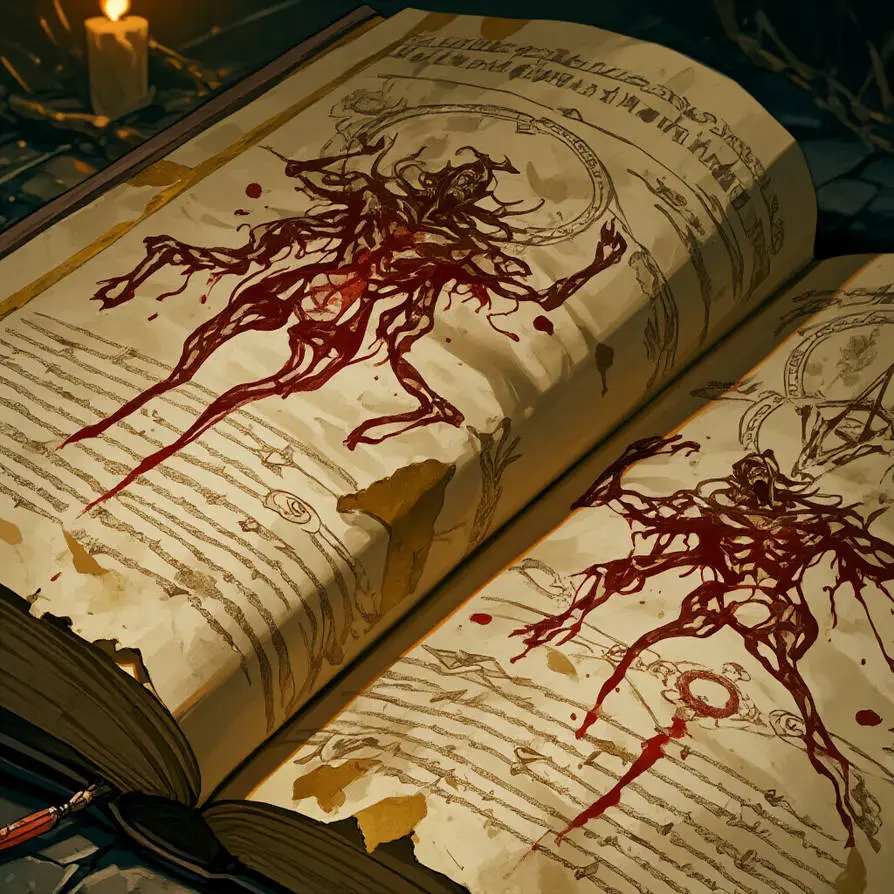
Fantasy, Lists
Some days, the brain craves juicy art with bite. Here are seven books to metaphorically snack on, with the wind (read: shadows) as company.

Some days, the brain craves juicy art with bite. Not another gentle romance or tidy mystery, but a story that feels a little dangerous and alive.
Vampire Books have that vibe: the drama, the longing, the blood-soaked metaphors we secretly crave.
Here are seven books to metaphorically snack on, with the wind (read: shadows) as company.

A Discovery of Witches begins in Oxford, where historian and reluctant witch Diana Bishop stumbles on an ancient manuscript in the Bodleian Library. Its reappearance attracts witches, demons, and vampires, including Matthew Clairmont, a centuries-old scholar who has been searching for it for a long time. What starts as curiosity becomes something more profound, breaking every rule of their hidden world.
For readers who like their vampire books with a bit of history, intellect, and atmosphere, this one feels like a full meal disguised as a midnight snack.

If Dracula ever prompted the thought, “Wasn’t there something like this before?”, congratulations. Carmilla follows Laura, a young woman alone in a castle, and a mysterious guest who arrives after an accident. Their friendship grows slowly, almost too closely, turning dark before the story admits it.
What stands out is the subtlety. Le Fanu wasn’t writing modern horror; it’s more gothic unease than jump scare. The air is heavy with secrecy, longing, and slow, elegant dread seeps into the readers before the reader realizes it.
It’s a gothic story where love, obsession, and the supernatural are almost inseparable. Readers who like their vampire stories with a gothic touch and a bit of emotional bite would love this. It’s strange, haunting, and human in its exploration of desire and loneliness.

If there’s a book that was written with the intention to make vampires feel human again, it’s this one. Interview with the Vampire retells the story of immortality as a confession. It follows Louis, a man turned into a vampire by the charming but deeply troubled Lestat. What makes it quite the read isn’t just the blood or immortality, but the aching loneliness threaded through every page
Rice builds her world in whispers and candlelight. New Orleans feels alive, and her writing draws readers in, akin to listening to a person unburden centuries of silence.
It’s dark, not for shock, but in a quieter, human way of wondering what it means to live or hunger forever and still care. The story moves through guilt, beauty, and decay. It’s as much about memory as blood, questioning what it costs to remember forever.

Not a typical vampire book, but it shares the same pulse. Something quietly drains away, almost unnoticed, through fragments.
A dying woman in a clinic talks to a boy beside her bed. Their conversation drifts back and forth, in an attempt to piece together what happened. Nothing is clear; everything half-remembered, half-real. There’s sickness in the air, which doesn’t make sense but keeps spreading anyway.
The fear isn’t sharp or sudden; it slowly seeps in, as if the world itself is turning against them.

Most vampire books trace their roots back to this classic. Stoker shaped old stories into something colder and sharper, half myth, half nightmare. Told through letters and diaries, it feels real, like documenting the impossible on the go.
The story follows Jonathan Harker, who travels to Transylvania to meet a count who isn’t well… alive. What unfolds spreads into England: ships, strange deaths, and the slow spreading fear. Beneath the horror, it’s about power, invasion, and how easily safety slips away when darkness finally notices the living.

Imagine vampires arriving in a small, ordinary town where everyone knows each other and nothing ever happens. That’s where Salem’s Lot begins.
Ben Mears, a writer, returns to his hometown to write and confront his past. But something else stirs in the dark.
King doesn’t rush. He lets readers settle in, feel the town’s rhythm, gossip, and habits, the slow rhythm of normal life before tearing it open. These vampires aren’t tragic or beautiful; they’re cold, ancient, and terrifying.
It’s a mix of gothic atmosphere and small-town realism. It gives the sense that what’s happening in Salem’s Lot could happen anywhere.

There’s something quiet and unsettling about this story. Set in a Swedish suburb in the 1980s, the air is heavy with loneliness and snow. At its centre is Oskar, a twelve-year-old boy who’s bullied at school and spends most of his time lost in dark thoughts. Then he meets Eli, a strange girl who only appears at night and smells faintly of old blood.
This book takes the familiar vampire idea into a cold, human space. It’s not only horror, but about isolation, friendship, and the uncomfortable overlap of innocence and violence. Minute details make ordinary life feel eerie linger, almost fragile.
Every scene feels measured, even when brutal. Fear builds slowly, not with shocks, but by showing how cruelty lives with tenderness. This vampire story feels painfully honest; quietly haunting, not loud or romantic.
Vampire books have lasted this long for a reason. They feed on mood, on tension, and the strange thrill between fear and fascination. Each of these books brings its own flavour to that mix: a little history, a little horror, a little heart that makes the genre feel alive again, stories that linger in the back of the mind.